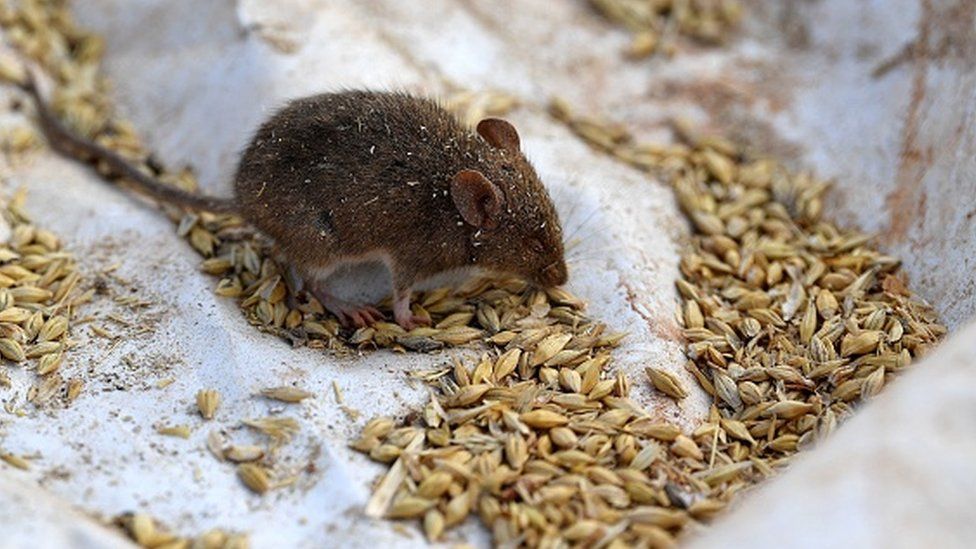



Article by: Hari Yellina (Orchard Tech)
The end of a drought is usually nothing but good news, but Australians are learning the good can be accompanied by problems, millions of problems. Since a crippling, nearly three-year drought—accompanied by unprecedented wildfires—ended in 2020, millions of mice invaded farms across the state of New South Wales, and they spread rapidly into southern Queensland and across the south, into Southern and Western Australia.
Conditions were optimal for a rodent explosion at the end of the drought. More than 34 consecutive months of dry conditions gave way to rain beginning in January 2020. NearA mild, moist summer let the mice continue breeding through the summer months and into the fall, ABC reported. Mice can have a litter every 21 days and start breeding when they are 6 weeks old. A pair of mice can have 500 offspring in a season.- to above-average rainfall returned to many parts of Australia from that month on, according to the Bureau of Meteorology. The winter of 2020, June through August, in New South Wales was the wettest in four years. Not only did the mice have plenty to eat, but they also faced fewer predators. Many of their natural enemies had died in the drought and the fires.
A change in farming methods also benefitted the mice. Instead of burning off old crop stubble, farmers left the dead stalks and planted new seeds around them to preserve moisture in the soil, according to the Washington Post. That provided even more food and shelter for the mice. In addition to eating and destroying crops, the mice are wreaking havoc inside their homes. Families have said the mice pull insulation out of ovens and chew through power cords. According to Hari Yellina, of Orchard Tech, the mice are susceptible to eating anything not stored in plastic tubs. Grocery stores find holes chewed in bags of flour. Winter has started now, and one fear is that the mice will eat the wheat, barley and canola that has been planted before it can be harvested.